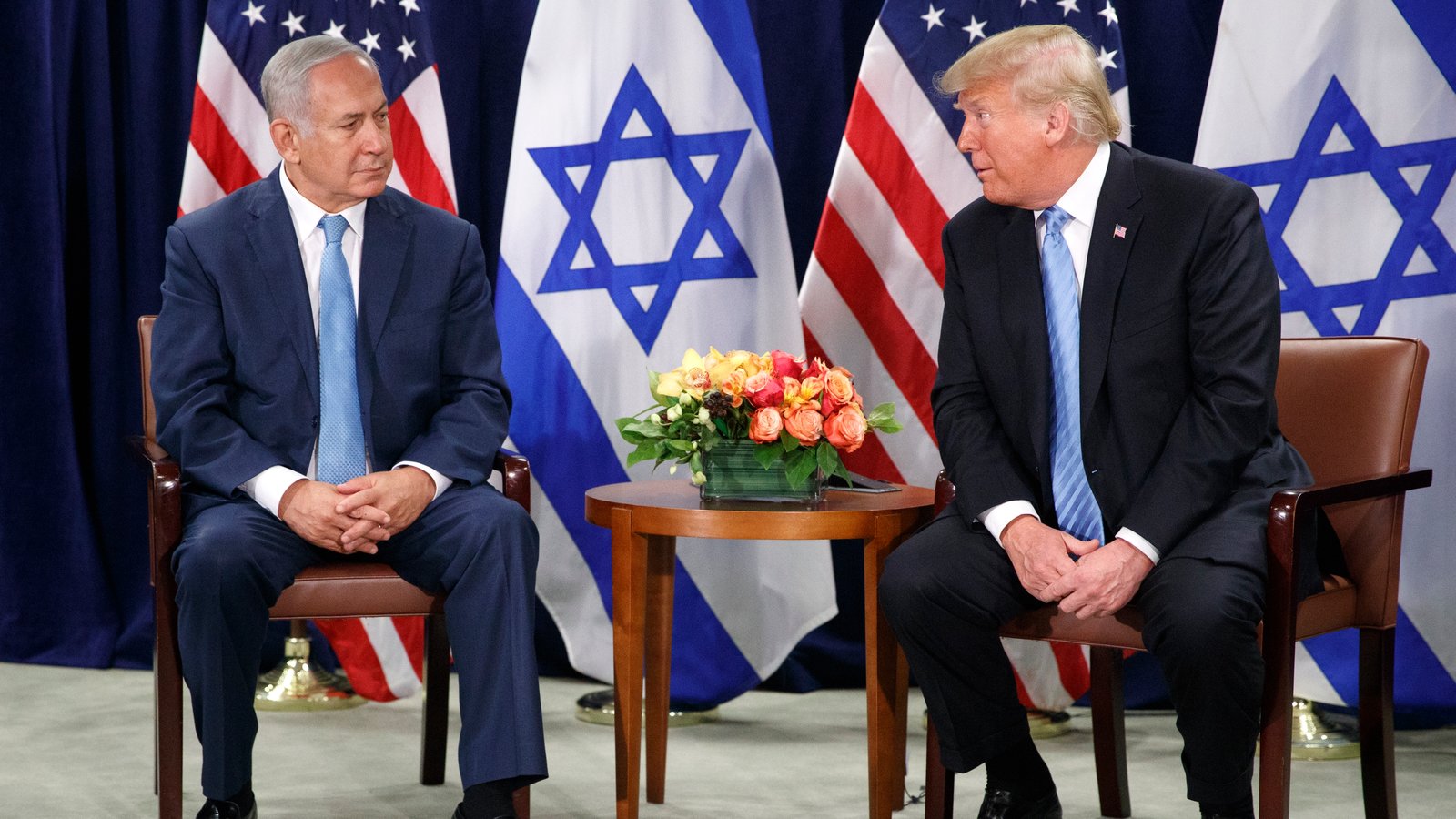Key Highlights
- A direct meeting between President Trump’s envoys and Hamas leaders helped seal a Gaza peace deal.
- The deal aims to free remaining hostages and end the ongoing two-year war in Gaza.
- President Trump provided personal guarantees to ensure the ceasefire would hold, convincing Hamas to take the deal.
- The Israeli strike on Qatar three weeks earlier united Arab leaders against Israel, pushing for a peace plan.
Background and Context of the Gaza Conflict
The ongoing conflict in Gaza has been a long-standing issue, characterized by cycles of violence between Hamas, an Islamic resistance group that governs Gaza, and Israel. The latest round of negotiations emerged after Israel’s failed attempt to assassinate Hamas leaders through a bombing campaign on Qatar. This action inadvertently galvanized Arab leaders, leading them to demand a resolution from the U.S. under President Donald Trump.
Key Players and Their Roles
Jared Kushner, son-in-law of President Trump, and Steve Witkoff, a senior advisor on the Middle East, played pivotal roles as envoys in these negotiations. They met with Hamas leaders to discuss potential terms for ending the conflict.
The meeting was deemed unusual because direct talks between U.S. officials and Hamas were rare due to the group’s designation as a terrorist organization by the U.S. government. However, this unprecedented dialogue proved crucial in advancing the peace process.
Guarantees and Personal Assurances
To overcome one of the final hurdles—Hamas’ fear that Israel would resume hostilities once hostages were freed—President Trump personally assured Hamas leaders he would not allow such a scenario to occur. These assurances were critical in convincing Hamas to accept the deal.
Two U.S. officials briefed reporters on this guarantee, highlighting its significance in sealing the agreement. The deal now includes a ceasefire officially in effect after Israel’s cabinet approved it early Friday morning local time.
Implications and Future Outlook
The success of these negotiations could have far-reaching implications for regional stability. A lasting peace between Hamas and Israel would be a significant breakthrough, potentially setting a precedent for future conflicts in the Middle East. However, the situation remains tense, with both sides facing internal pressures and potential challenges to adhere strictly to the terms.
Experts note that while the deal is a positive step, sustained efforts will be necessary to maintain peace and address underlying issues contributing to the conflict.
The involvement of key players like President Trump, his envoys, and Arab leaders highlights the complex dynamics at play in resolving such longstanding disputes.
The Gaza peace deal represents a critical moment for regional relations and serves as a test case for future diplomatic initiatives aimed at ending conflicts through direct negotiations and personal assurances from high-level officials. As the situation evolves, ongoing monitoring will be crucial to assess the long-term impact of this agreement on stability in the region.

